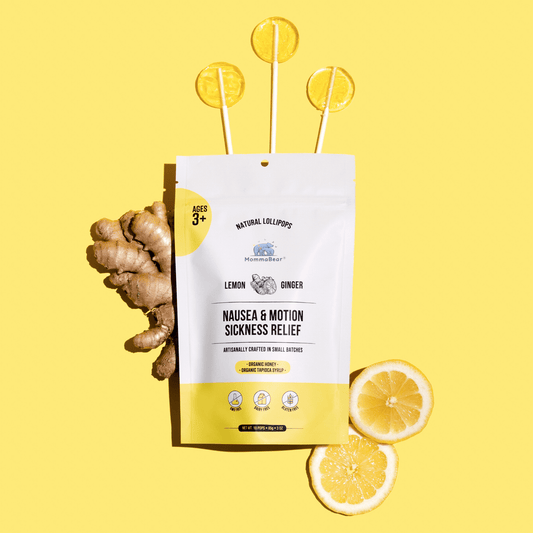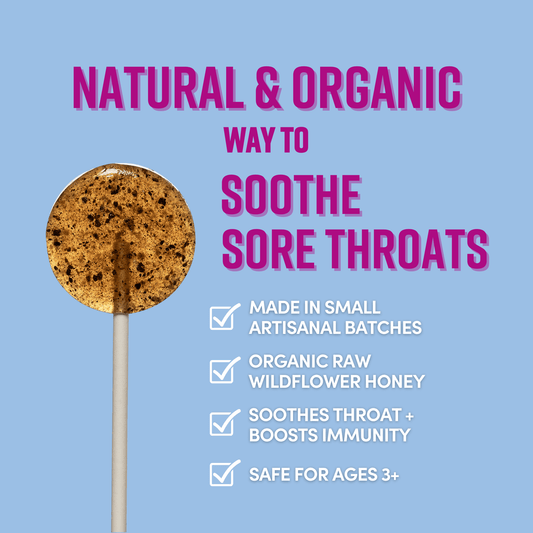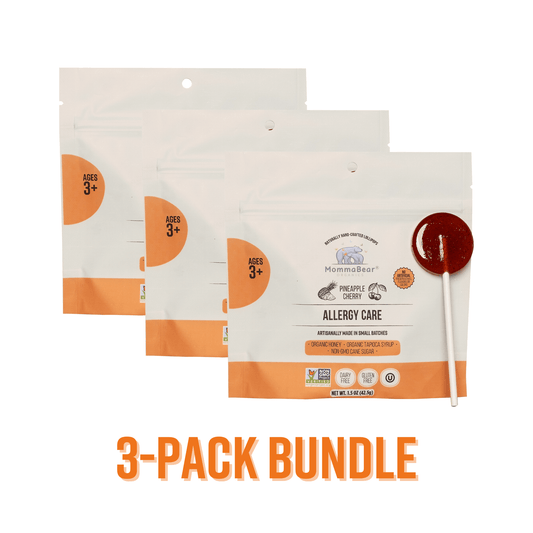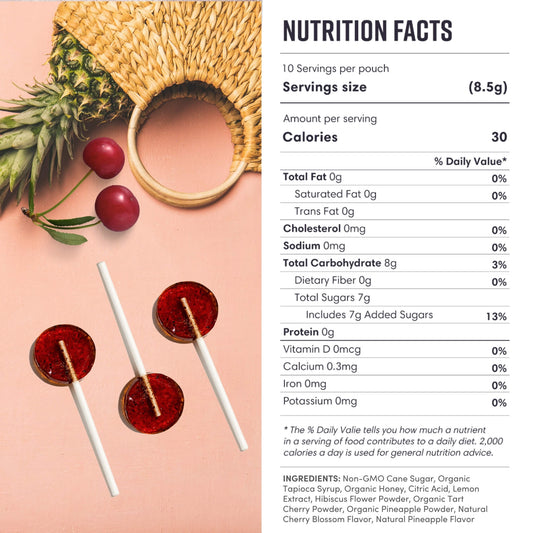Lately, I’ve been thinking a lot about what organic really means. I mean, beyond the label. It’s a word we see everywhere, but the more I dig into it, the more I realize it’s about so much more than just not using chemicals. It’s about the whole world that a farm creates—or doesn’t. I’ve been going down a real rabbit hole learning about biodiversity, and honestly, it’s changed the way I see everything.
It’s a huge topic, but here are the big things that really stood out to me:
-
Biodiversity Importance: It’s basically the web of life that keeps everything running. And it's in trouble. I read that we’ve lost a huge amount of the different crop varieties we used to have, and that species are disappearing way faster than they should be. It’s scary stuff.
-
Organic Farming Benefits: This is the hopeful part. It seems like organic fields are just… more alive. They have about 30% more species, the ground is healthier, and they don’t use all those synthetic chemicals. It’s like they’re trying to work with nature instead of against it.
-
Conventional Farming Issues: This is the stuff that worries me. Big fields of just one crop, tons of chemical sprays... it’s really hard on the ground and the water, and it pushes out all the little creatures that are supposed to be there. Conventional farms often rely on processes that have harsh environmental consequences.
-
Key Stats: I saw a stat that really stuck with me: organic farming has way more life on it and a smaller carbon footprint, but yeah, they usually don’t produce as much food per acre. It's a trade-off, I guess.
For a company like ours, where we’re all about natural ingredients, this all feels incredibly important. It’s not just about what’s in our products, but where it all comes from.
Life & Profitability on Organic Farms: Environmental & Economic Benefits
The Web of Life in Agriculture Explained
Okay, so I’ve been trying to wrap my head around this whole biodiversity thing. It's one of those words that sounds big and scientific, but the idea behind it is actually pretty simple and beautiful.
What is Biodiversity?
So, I used to think biodiversity was just, you know, having a bunch of different plants and animals living together. But it’s so much more than that, especially when it comes to farming. It’s everything. It’s the thousands of different kinds of rice, the pollinators that make crop reproduction possible, and even the tiny little microbial communities in the ground that keep the whole ecology functioning. It’s this whole interconnected community.
They break it down into a few types, which actually helps make sense of it:
-
Genetic diversity, which refers to variations within a species. For example, maize has over 20,000 known varieties, while rice boasts nearly 100,000.
-
Species diversity, which highlights the range of plants, animals, and microorganisms found in growing methods.
-
Ecosystem diversity, which involves the different habitats where agriculture takes place.
The part that really got me was reading that we’ve lost something like 75% of the variety in our crops over the last century. And now, most of the food we eat comes from just a handful of species. It just feels like we’ve put all our eggs in one basket, you know? It really makes you realize how every little species plays a vital role.
Why Natural Diversity Matters in Sourcing
This is where it gets really personal for me, for MommaBear Organics. The quality of our ingredients is everything, and it turns out, that quality is directly tied to how much life is buzzing around where it’s grown. A farm isn’t a factory; it’s a living system where plants, animals, and tiny organisms rely on each other for nutrients, shelter, and survival. When that natural balance is preserved, you get better, more nutritious ingredients. Simple as that.
I mean, think about pollination. Without bees and other pollinators, so many of our foods just wouldn’t exist. And having lots of different types of crops is like nature’s own insurance policy against diseases and pests.
And it goes way beyond just farming. I read that more than half of our modern medicines started out as something found in nature. And forests, which are home to most of the world's land species, soak up a huge amount of CO2 and give us most of our fresh water. Yet, we're losing species at a terrifying rate, and this loss has enormous impacts. It's a huge environmental problem, too.
So when we choose who we get our ingredients from, we’re making a choice about what kind of world we want to support. We want to work with suppliers who prioritize healthy environmental natural balance systems, keeping that delicate balance that helps produce high-quality, natural ingredients.
How Organic Farming and Management Help Life
Okay, so after all that heavy stuff, this is the part that gives me hope. It really seems like choosing organic is a real, tangible way to help. I was reading what the USDA said, and it really clicked:
"Organic practices foster cycling of resources, promote ecological balance, and conserve biodiversity."
It's not just a nice idea; it's a totally different organic approach to farming. This type of organic management and organic agriculture benefits wildlife, improves the ground's health, and enhances the quality of ingredients. Unlike conventional methods that often chase high yields at the expense of environmental health, organic methods demonstrate how life can flourish.
Key Practices for Soil Health and Organic Sourcing
It's not about magic; it's about working with nature, not against it. Here are some of the things that I've learned organic acreage does:
-
Crop rotation: Instead of planting the same thing over and over, they switch it up. This enriches the ground by introducing organic matter and diversifies the root structures.
-
Planting native vegetation: They plant things that are supposed to be there, which gives food and shelter to pollinators and other helpful wildlife. It transforms the farm into a vibrant ecosystem.
-
Natural pest management: Organic agriculture operations attract natural predators—like beneficial insects and birds—to control pests, reducing the need for harsh chemical sprays.
-
Soil enrichment: They’re always feeding the ground with compost and cover crops, which helps improve soil health and keeps the topsoil from washing away. This also reduces the need for heavy tillage.
-
Water and habitat protection: They’re careful about how they manage their farms, making sure they protect wetlands and habitats for wildlife.
Environmental Benefits of Organic Growing
And the results are pretty amazing. I read somewhere that organic farming operations host around 30% more biodiversity on them. Thirty percent! That includes way more natural predators that help control pests.
It all starts from the ground up, literally. They focus on keeping the ground full of life—earthworms and arthropods—which improves growing conditions for crops. This regenerative organic approach really promotes that rich biological diversity.
I found this story about a farm restoration project in Chile where they went organic. The ground erosion dropped dramatically, and the organic matter in the ground increased, and the overall life on the farm went way up. This really helps farmland biodiversity.
It just feels like organic systems are becoming these little safe havens for wildlife in a world where there are fewer and fewer of those.
Real Examples: Organic Ingredients in Wellness Products
This is why we're so obsessed with where our ingredients come from, like our raw wildflower honey. That honey comes from bees who get to live in meadows and on organic fields where there are no synthetic pesticide sprays. I’ve learned that the more different kinds of flowers there are, the richer the ground is. It's all connected.
When we source our organic honey, we’re supporting beekeepers who are creating these beautiful, chemical-free spaces where everything can thrive. And we know that to produce this organic honey, they have to maintain diverse plants throughout the season.
And it’s not just the honey. Every single organic ingredient in our lollipops is a choice. A choice to support farming practices that preserves life and conserves resources.
The link is so clear to me now. Healthier ecosystems grow healthier plants, which make better ingredients with fewer chemicals. For families like ours, that’s what it’s all about.
Conventional Sourcing: Life and Ecosystem Problems
Now for the flip side, which is… honestly, it's pretty tough to look at. While organic farming seems to be helping, a lot of the conventional growing methods we see everywhere are doing the opposite. It turns out that agriculture is one of the biggest reasons we’re losing so much biodiversity around the world. To understand why we insist on organic sourcing, we have to look at the environmental impact of conventional systems.
Common Practices in Conventional Farms
These are the things you see everywhere, and they’re all about getting the biggest possible harvest. I get the goal, but the methods have some serious environmental impacts.
Here’s what I’ve been learning about:
-
Monoculture farming: This is just… fields and fields of the same exact thing. For miles. It’s efficient for harvesting, I guess, but it strips the earth of its natural life, creating barren areas.
-
Heavy chemical use: Conventional farms rely heavily on chemical sprays. These substances don't just target bad bugs; they harm beneficial wildlife, tiny organisms, and the natural balance of the farm itself.
-
Synthetic fertilizers: This is like giving the plants a quick shot of junk food instead of building healthy ground that can feed them naturally. This approach ignores the intricate soil ecosystems.
-
Intensive plowing: Repeatedly breaking up the ground disrupts its structure, leading to erosion and a loss of habitat for ground organisms.
How Conventional Farming Harms Ecosystems
The environmental consequences of conventional farming extend far beyond the fields themselves. The numbers here are just… heartbreaking. I read that agriculture is behind 80% of deforestation globally. Eighty percent!
"80% of global deforestation is a result of agricultural production, which is also the leading cause of habitat destruction."
We’re losing our wild spaces at an insane rate. Rainforests? Being cleared for agriculture every single day. And when the habitats disappear, the animals and species that live there disappear too. It’s a direct cause-and-effect. The sheer intensity of this type of conventional system leads to severe impacts.
Chemicals worsen the problem. Chemical sprays harm not only pests but also essential species like pollinators and natural predators. Meanwhile, synthetic fertilizers frequently pollute waterways, which causes huge negative impacts.
Someone wrote way back in the 50s that it's like having little isolated pockets of forest that can't heal themselves because there's nowhere for new life to come from.
"Within the remnant forest stands, a number of changes of possible importance may take place… As a result, the stands gradually lose some of their species, and those remaining achieve unusual positions of relative quantity."
Weighing Yield Against the Natural Impact
Look, I get it. The whole point of conventional farming is to grow a ton of food, fast and cheap, to feed a lot of people. That efficiency is important. But at what cost? We’re turning a third of the Earth’s land into these simplified, sterile areas.
As natural pest control and ground health decline, reliance on chemical inputs grows, further eroding the life on the farm. For us, as a wellness company, this is a huge deal. Plants grown in stressed ecosystems often lack the same nutritional and therapeutic qualities, undermining their value.
It really makes you question if the short-term high yield is worth the long-term environmental consequences.
Side-by-Side Comparison: Natural vs. Conventional Sourcing
So, let's just put it all side-by-side. It makes it so much clearer. The whole philosophy is just different. I read something from the Rodale Institute that put it perfectly: conventional farming uses chemical intervention to solve problems, while organic farming relies on natural principles like life on the farm and composting instead.
Here's a little chart I made for myself to keep it all straight:
| Aspect | Organic Sourcing | Conventional Sourcing |
| Species Diversity | 30–34% higher species richness | Lower species diversity |
| Ground Health | 20–40% higher soil organic matter | Relies on synthetic fertilizers; contributes to soil degradation |
| Water Quality | Reduces nitrogen leaching by up to 35% | Pesticide residues in 90% of streams and 50% of wells in agricultural areas |
| Chemical Inputs | No synthetic chemicals | Heavy reliance on chemical inputs |
| Pest Management | 30% more natural predators | Chemical sprays harm beneficial life |
| Crop Yields | 25% lower yields globally | Higher production volumes per acre |
| Carbon Footprint | 40% lower carbon emissions | Higher greenhouse gas emissions |
| Food Quality | 20–40% more antioxidants; 73% fewer chemical residues | Up to 15 different chemical residues detected |
| Land Use | Requires more land due to lower yields | More efficient land use for production |
| Labor Requirements | Higher labor needs | Lower labor requirements due to mechanization |
When you look at it like that, especially as a wellness brand, the choice feels pretty clear. For us at MommaBear Organics, it has to be organic.
While organic sourcing often comes with higher costs and lower yields, the benefits—ranging from improved food quality to reduced environmental impacts—make it a strategic choice for brands committed to sustainability.
Conclusion: Choosing Natural Sourcing for a Better Future
So, yeah. It’s a lot to take in. But at the end of the day, it feels pretty simple. Organic agriculture is just a kinder, more thoughtful way of working with the earth. The numbers are there—more species, more life, all of it.
I keep thinking about the quote from the folks at the National Organic Program:
"Organic practices foster cycling of resources, promote ecological balance, and conserve biodiversity."
It feels like we’re at a turning point. We’ve lost so much wildlife already. Choosing organic feels like a small but powerful vote for a different future. When we choose organic ingredients for our lollipops, we’re supporting farms that have 50% more pollinators. That’s a real thing. That’s a difference we can make.
It makes me realize that every choice, even something as small as the honey in a lollipop, has deep effects. And I guess we're just trying to be a good part of that story.
FAQs
How does organic farming help support biodiversity compared to conventional farming?
Well, the way I think about it is that organic farms are just friendlier places for things to live. Because they don’t use harsh chemicals, all the good bugs and other wildlife can stick around. They also do things like composting and rotating crops, which makes the soil incredibly healthy and full of life. So you end up with this vibrant little ecosystem instead of just rows of plants. I read that organic farms can harbor 30–34% more different species on them, which says it all, really.
How does choosing organic sourcing benefit the environment in the long run?
Oh, the long-term impacts are huge. For one, healthy soil is amazing at storing carbon, so organic farming actually helps with climate change. And since there are no synthetic fertilizers and chemical sprays, you don’t get all that chemical runoff poisoning our rivers and streams. Plus, you’re creating these little safe havens for pollinators and wildlife. It’s about creating a healthier world for the generations to come.
How does biodiversity impact the quality and sustainability of organic ingredients?
It’s everything! Biodiversity is what makes the whole system work. It’s what keeps the soil fertile, what pollinates the crops, and what keeps pests in check naturally. When you have a really diverse, healthy ecosystem, the plants that grow there are healthier too. They’re stronger and often more nutritious. So by protecting biodiversity, organic farmers are really ensuring that they can keep growing amazing, high-quality ingredients for years to come, without wearing out the earth.
Related posts
- Sustainable Pollination Practices Explained
- Ultimate Guide to Ethical Ingredient Sourcing
- Ultimate Guide to Ethical Supply Chains in Organic Candy
- Why Buying Organic Helps Build Stronger Communities










